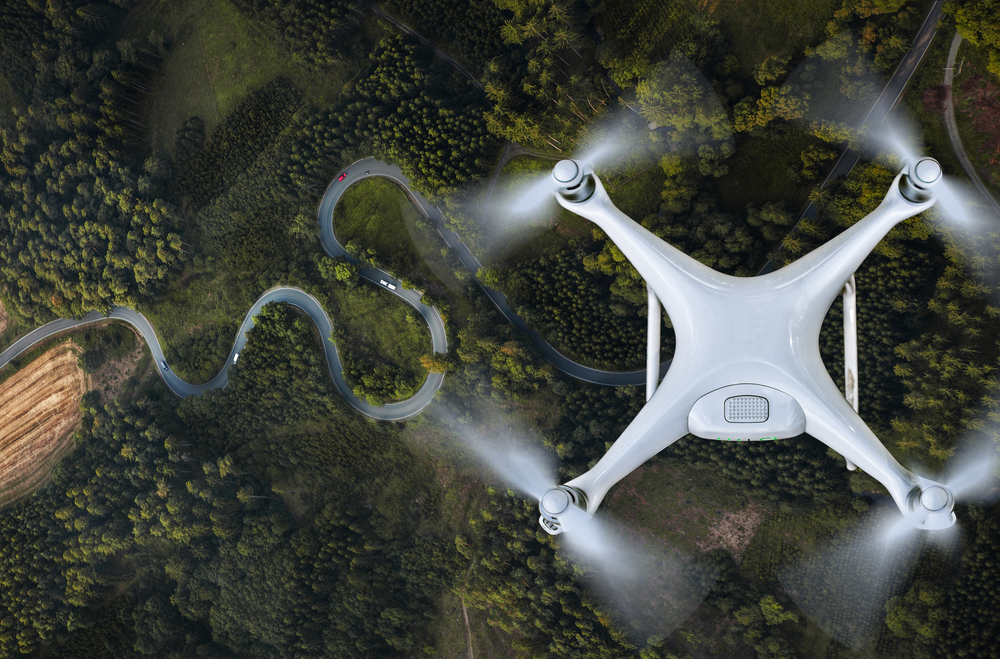
The Federal Aviation Administration (FAA) recently gave its approval to the Kansas Department of Transportation (KDOT) for the state’s Beyond Visual Line of Sight drone operation.
A Beyond Visual Line of Sight drone operation means a drone is flown without visual observers or ground-based radar. The drone uses onboard detect-and-avoid systems.
This marks the first time the FAA has permitted this type of drone. The FAA has previously required visual observers or ground-based radar when issuing approvals for drone operations. These conditions limit operations to a predefined corridor and are often expensive.
The Kansas Unmanned Aircraft Systems Integration Pilot Program team worked to achieve FAA approval. Iris Automation designed the onboard collision-avoidance system.
“Flying rural missions like these without a human pilot onboard or costly radar on the ground is exponentially safer and more cost-effective,” Alexander Harmsen, Iris Automation CEO and co-Founder, said. “The FAA is trusting us to pave the way for a safer, scalable future together with this precedent-setting second approval of our system.”
KDOT and Iris Automation will fly a drone nine miles in rural Kansas to inspect power lines and evaluate technologies. The test is a collaboration with the Kansas IPP team, Kansas State University Polytechnic Campus, and Westar Energy.